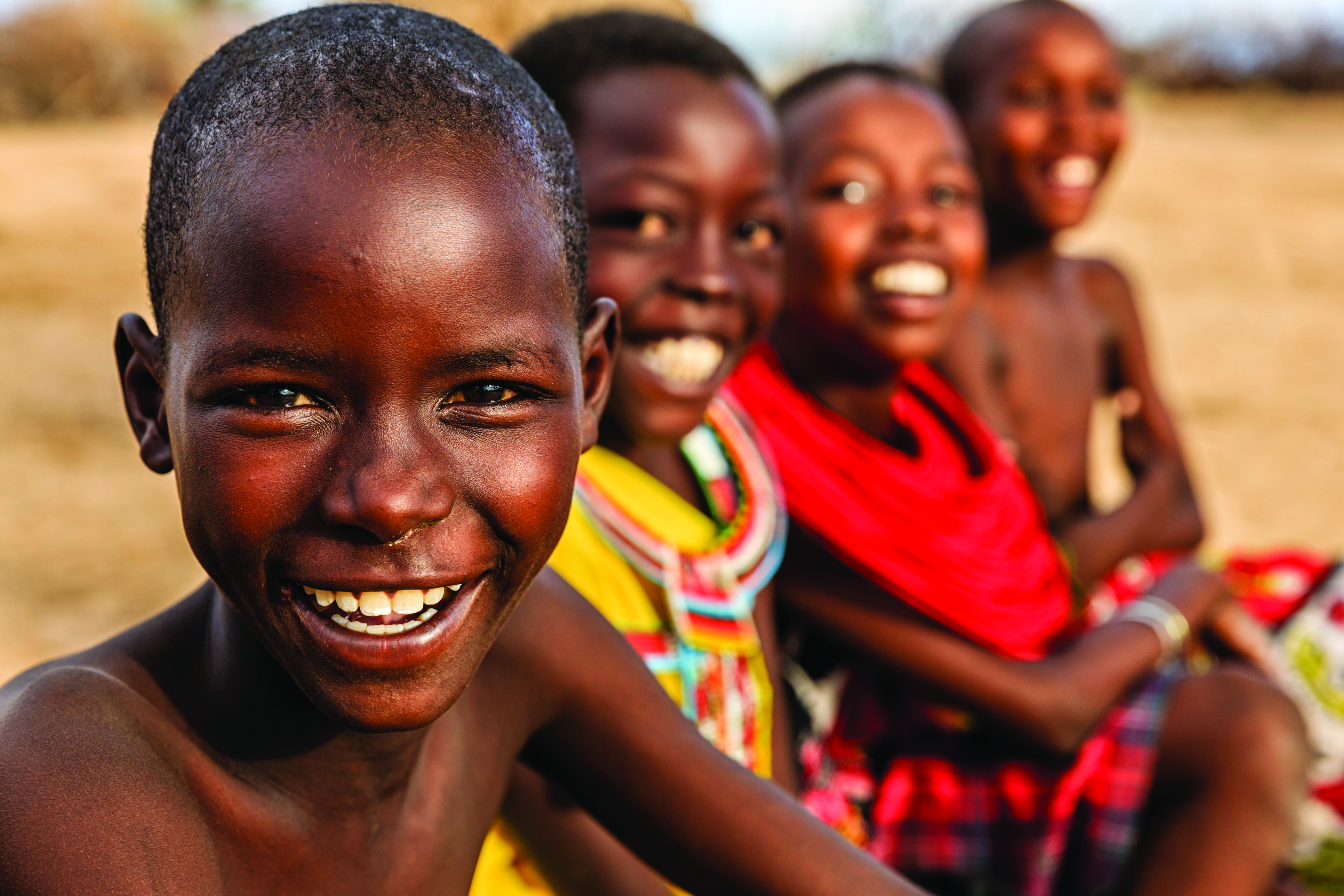
Children from Samburu tribe, Kenya, Africa (Photo credit: Hadynyah)
Increasing recognition is seen across the globe about the importance of social safety net systems in strengthening the resilience of all people. In nearly a dozen countries in Africa, and East Asia and the Pacific, GFDRR works with governments so that they can make more informed financing decisions about how to adopt or scale up social safety nets that can respond to the needs of the most vulnerable in the aftermath of a disaster.
GFDRR’s engagement focuses on helping countries navigate the issues and challenges surrounding the financing of post-disaster social safety nets. In seven countries (Eswatini, Fiji, Lesotho, Kenya, Malawi, Senegal, and Uganda), support from the Facility has made possible the development of macro-level analyses that broadly quantifies the fiscal impacts of adopting or scaling up post-disaster social safety nets possible. These analyses are already informing ongoing dialogue on post-disaster social protection in each of these countries.
In Kenya, the government is now using analytical tools that are helping decision makers assess the trade-offs between various options to finance the costs of safety net response. Under the umbrella of the country’s flagship Hunger Safety Net Programme, a tailored assessment tool is now being used by the national government to determine the optimal financing instruments for scaling up post-disaster social protection in northern Kenya. This tool analyzes multiple financing instruments—such as contingency funds, sovereign insurance, post-disaster budget reallocation, and external donor support—to determine the optimal financing mix.
RESULTS IN NUMBERS
Analysis of macro fiscal impacts for post-disaster social safety nets in 7 countries
Recognizing that financing post-disaster social safety nets is a complex and evolving area of work, GFDRR’s engagement also puts a heavy emphasis on gathering and sharing practical and relevant knowledge. In Cambodia, Kenya, Malawi, and Sierra Leone, for instance, the Facility has supported the development of comprehensive policy notes that consolidate lessons learned from the field. A six-step guide that offers guidance on how to develop shock-responsive safety nets has also been prepared. In addition, an interactive game has been developed that gives users hands-on experience in navigating the challenges and opportunities of financing a disaster or emergency response through a safety net.
Financing issues and challenges are only one piece of the puzzle for governments striving to leverage social safety nets for resilience. These efforts are designed to complement country-led initiatives, undertaken with World Bank support, which advance other critical building blocks for developing post-disaster safety nets such as the appropriate targeting and delivery of social protection systems. These initiatives include the Kenya Social and Economic Inclusion Project (KSEIP) and the National Safety Net Project in Sierra Leone, both of which are funded by IDA.
